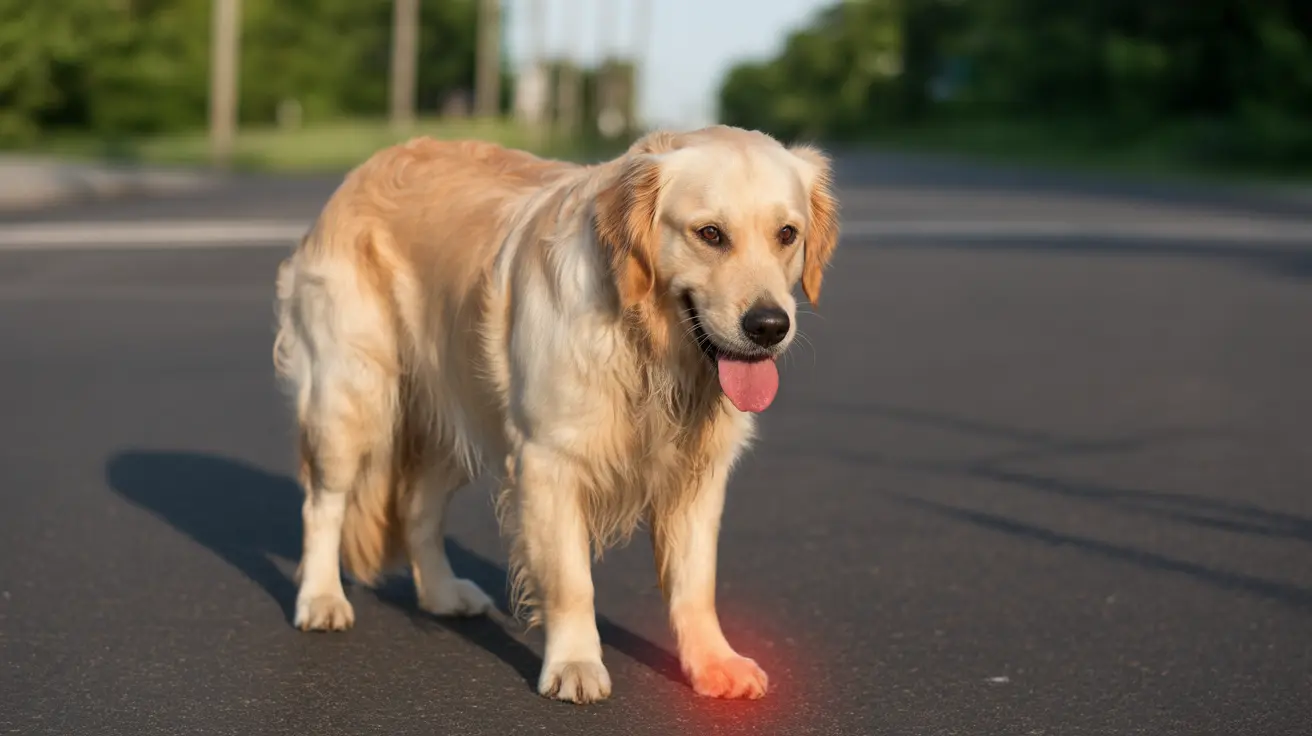What Happens If My Cat Eats Dracaena?
Many pet owners are surprised to learn that common houseplants can pose a serious health risk to their beloved animals. One such plant is the Dracaena, also known as the dragon tree. While visually appealing and easy to maintain, dracaena plants contain saponins, a group of chemical compounds that are toxic to cats.
Why Is Dracaena Toxic to Cats?
Dracaena species such as Dracaena marginata and Dracaena fragrans contain saponins, which disrupt cellular processes and can irritate the gastrointestinal tract. When a cat ingests parts of the plant, this leads to a range of unpleasant symptoms.
Common Symptoms After Ingestion
- Drooling
- Vomiting
- Diarrhea
- Abdominal pain
- Loss of appetite
- Weakness and lethargy
- Depression
- Incoordination or unsteady walking
- Dilated pupils
- Rapid heartbeat
These symptoms typically occur soon after ingestion and can vary in severity depending on the amount of the plant consumed and the size of the cat.
Diagnosis and Veterinary Care
If you suspect your cat has eaten dracaena, contact your veterinarian immediately. Diagnosis is generally based on observed symptoms and a known history of exposure. In some cases, your vet may perform blood tests to evaluate hydration levels and organ function.
Treatment is supportive and may include:
- Intravenous (IV) or subcutaneous fluids to manage dehydration
- Anti-nausea medication
- Pain relief if the cat is in discomfort
- Monitoring of vital signs and hydration
There is no specific antidote for this type of toxicity, but with proper care, most cats recover fully within 24 hours.
Home Care and Monitoring
While veterinary care is essential, supportive care at home is also important. Here are some tips:
- Keep your cat in a calm, comfortable environment
- Remove any remaining dracaena from the area
- Check hydration by monitoring water intake and urination
- Avoid inducing vomiting unless directed by a vet
- Observe your cat for any worsening symptoms
Emotional support and tender loving care can help your cat recover more quickly. However, always follow professional medical advice for the best outcome.
Can Cats Die from Eating Dracaena?
Fortunately, fatal cases are extremely rare. The toxin primarily causes gastrointestinal issues, and while the symptoms may look alarming, there is usually no permanent damage to the liver, kidneys, or intestinal tract. With early veterinary intervention, the prognosis is excellent.
Preventing Exposure
To protect your feline friends, consider these preventive measures:
- Keep dracaena and other toxic plants out of reach
- Place plants in rooms your cat can’t access or use hanging planters
- Train your cat to avoid plants using deterrents
- Remove any fallen leaves from the floor promptly
- Replace toxic indoor plants with pet-safe alternatives such as spider plants or areca palms
Other Toxic Houseplants to Watch For
Dracaena isn't alone in posing a risk to pets. Other common toxic plants for cats include:
- Aloe – Causes vomiting, diarrhea, and reddish urine
- Lilies – Can lead to kidney failure
- Philodendron – Oral irritation and digestive upset
- Corn plant (Dracaena deremensis) – Also contains saponins
- Asparagus fern
- Cyclamen
- Elephant ear
- Jade plant
- Satin pothos
- Mistletoe cactus
Keep an updated list of toxic plants and double-check each new addition to your home garden.
What If Your Plant Was Damaged?
If your cat has chewed or stripped your dracaena of its leaves, the plant may still recover. As long as the main stem and roots are unharmed:
- Prune damaged areas with sterile tools
- Reduce watering until soil is dry
- Provide bright, indirect light
- Protect from cold drafts
In cases of extensive damage, you can propagate new plants using stem cuttings.
Conclusion
While dracaena plants are beautiful and popular, they are potentially hazardous to cats. Avoiding these plants or keeping them safely out of reach is the most effective way to protect your pet. If ingestion does occur, seek veterinary care immediately, as prompt and supportive treatment typically leads to full recovery.
For emergencies, contact your vet or resources like the ASPCA Poison Control or Pet Poison Helpline. Staying informed and prepared can make the difference between a minor scare and a major health crisis.





